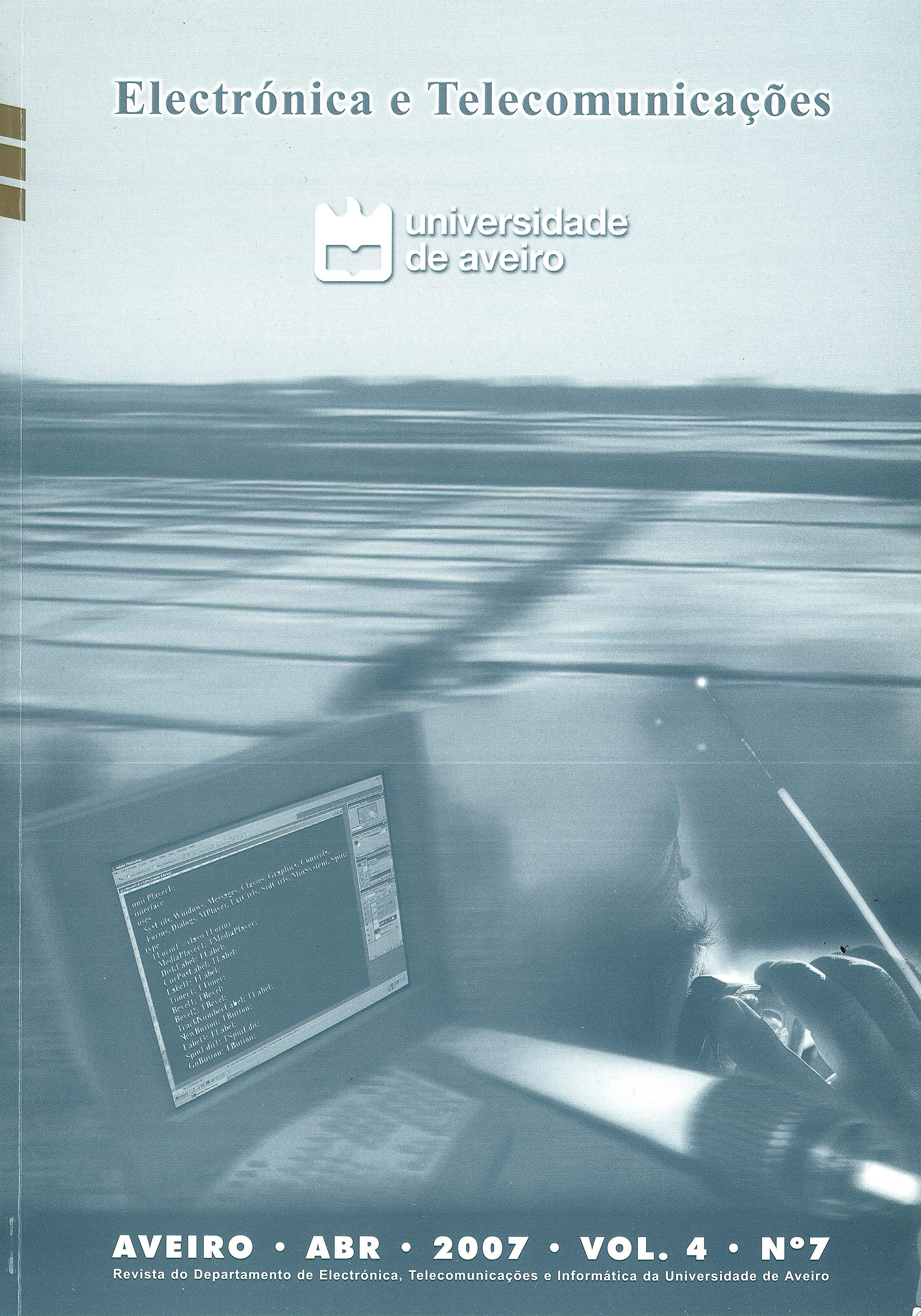Cellular imaging: imaging the cell
Resumo
A cell is the basic functional unit of any living organism. A cell with a nucleus carries all the genetic information needed to produce all the proteins and other chemicals that are needed for the proper functioning or homeostasis of tissues and organs. The cells without the nucleus like erythrocyte besides carrying the essential chemicals also carry signatures of what is going on in different parts of the body. Therefore, a detailed knowledge of what goes on in a cell is important not only from the fundamental point of understanding life at the basic level but is also important for discovering targets for drugs at the molecular level and uncovering the cellular markers of the diseases that fail to show up in standard biochemical assays. The fundamental technique of imaging the cell is optical microscopy with its many variants like imaging and fluorescence life time imaging. In this very short lecture, aimed mainly at starting post-graduate students and researchers entering the field I briefly review the essential physics of microscopy, image formation and deconvolution of digitalised images with emphasis on spectral imaging and fluorescence imaging. I briefly describe a very flexible experimental set-up that has been operational in my group and the research problems that we are dealing with. I also attempt to delineate future topics of interest.




